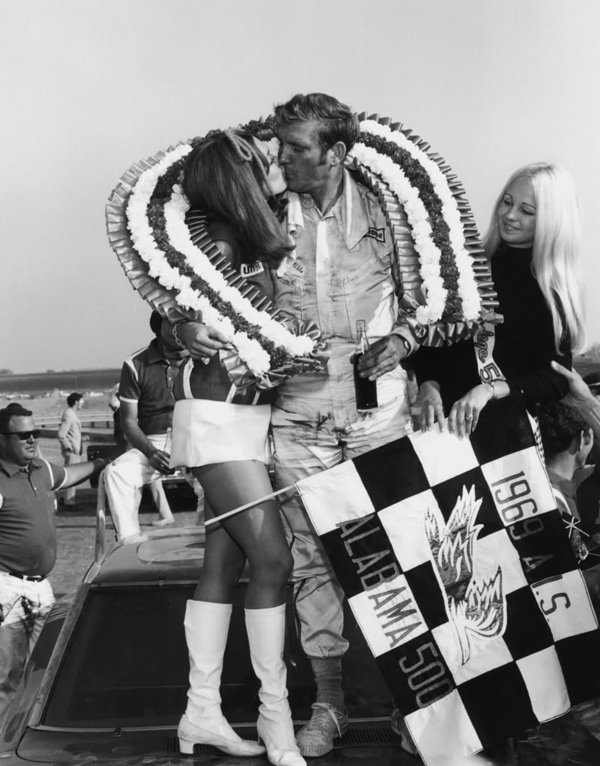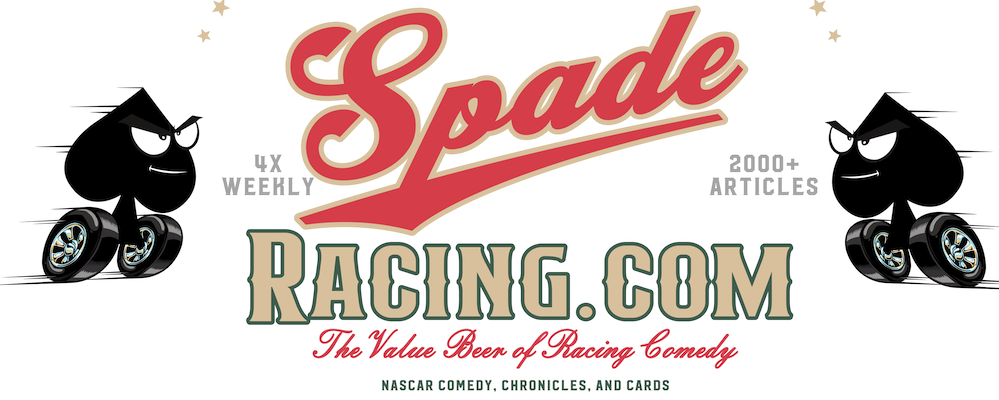Nascar has a long and storied history, but it also has a past littered with “What If?” questions. Join author Mike Mackler as he takes a look back at stock car racing’s 100 most-intriguing hypotheticals in “100 Stock Car Racing ‘What Ifs’”, the book available on Amazon in both Paperback and Kindle formats. Here’s a preview of one of the one hundred “What If” questions asked throughout the book:
93. What if the PDA stayed together?
 Background: After Bill France Sr. squelched an early attempt by the Teamsters to unionize Nascar drivers in 1961, the next (and, to date, last) attempt at driver unionization came in 1969. This group called itself the Professional Drivers’ Association (PDA) and with Richard Petty as its leader, the group would see its first—and only—battle later that year at Talladega.
Background: After Bill France Sr. squelched an early attempt by the Teamsters to unionize Nascar drivers in 1961, the next (and, to date, last) attempt at driver unionization came in 1969. This group called itself the Professional Drivers’ Association (PDA) and with Richard Petty as its leader, the group would see its first—and only—battle later that year at Talladega.
What Actually Happened: The first-ever race at Talladega Superspeedway saw drivers worried about the integrity of the available tire options at such high speeds. The PDA organized a boycott over safety concerns, with virtually all the top drivers and teams leaving prior to the race. However, France still held the race, using the few drivers who had remained and lower-series cars to make his point that no driver, car, or team was bigger than the sport. The PDA soon withered away after France made a small number of concessions to drivers (such as guaranteed appearance money).
What Could Have Been the Turning Point: What if the PDA viewed the boycott as a victory of safety over the show, and remained a united front?
 |
| Richard Brickhouse's lone win |
What COULD Have Happened: The biggest battle the PDA faced was Bill France himself—he was virulently anti-union, to the point of reportedly using a pistol to make his point in his battle against the Teamsters-backed union in 1961. At the time it could be argued that the cars were more the stars than the drivers, and teams, not wanting to lose out on factory support, would simply have hired different drivers who were not affiliated with the PDA. Even if the group had survived 1969, it might not have lasted much longer.
And if THAT Happened…: The appearance money (aka “show money”) that France offered was viewed as a quid pro quo—abandon the union, and you’ll be fairly compensated. The appearance money system evolved into the “Winners Circle” program before transforming again into the current “Charter System” that guarantees payouts to teams and drivers. Ironically charters have granted teams more power than they’ve ever had, something that can be traced somewhat back to the drivers’ boycott.
What Else Could Have Happened: The first Nascar boom of the mid-90’s came as Major League Baseball was dealing with a crippling players’ strike. Work stoppages in the NBA and NHL would soon follow. Nascar took advantage of labor strife in other sports by showing how they would race every weekend no matter what (well, besides weather). Further driver boycotts or even a formal strike may have killed any chance Nascar had at growth at this time.
Why It Had to Turn Out The Way It Did: Unions in Nascar are so anathema to the France family’s beliefs that the announcement of a semi-formal “Drivers’ Council” a few years ago was a shock to Nascar insiders.

